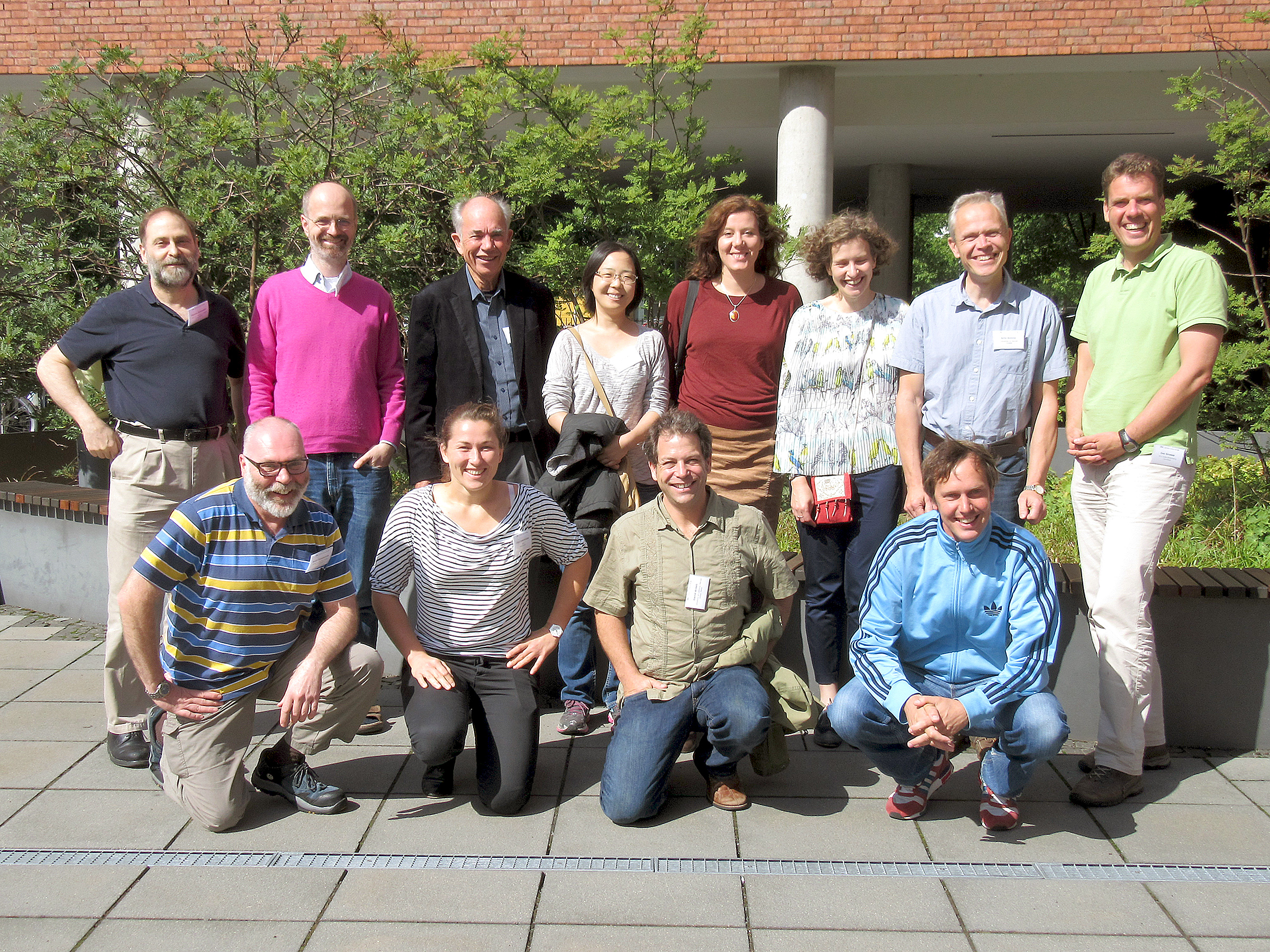| Christoph Adami † |
Mitchigan State
University USA |
Genetics,
complexity and theoretical biology |
| Larissa Albantakis |
University of
Wisconsin USA |
Mathematical
analysis of biological networks |
| Arto Annila |
University of
Helsinki Finland |
Thermodynamcs of
biology and complex systems |
| Tancredi Caruso † |
Queen’s University
Belfast UK |
Community Ecology
in soil systems |
| Christina Cobbold |
University of
Glasgow UK |
Mathematics
applied to biodiversity |
| Keith
Farnsworth * |
Queen’s University Belfast UK | Theoretical
Biology: Information and life. |
| Ivo Große |
Martin-Luther-University
Germany |
Bioinformatics and
Biodiversity |
| Ute Jacob † |
University of
Hamburg Germany |
Functional
Biodiversity of marine systems |
| Olga Lyashevska |
Royal Netherlands
Institute for Sea Research NL |
Biodiversity
quantification / Biostatistics |
| Timothee Poisot † |
University of
Canterbury, New Zealand |
Community Ecology
/ modelling / BEF relationships |
| Axel Rossberg |
Centre for Ecology
Fisheries Aquatic Science. UK |
Theoretical
Community Ecology |
| Tom Schneider |
National Cancer
Institute, Maryland USA. |
Information theory
for molecular biology |
| Sara Imari Walker † | Arizona State
University USA |
Informational
approach to origin of life |

| Time |
Led by* | Activity |
| Monday a.m. |
KF / IG |
Introduction and
setting the scene: from molecular to ecological information; in which each participant gives a brief introduction to their perspective. |
| p.m. |
CC / OL/ KF |
What really is
biodiversity? |
| Tuesday a.m. |
CA/ IG |
Molecular measures
of complexity and function |
| p.m. |
LA/ CA |
Quantifying
information characteristics of biological networks |
| Wed. a.m. |
TS |
Self-organisation
and Shannon applied to biological systems. |
| p.m. |
SW/ AA/ CA |
Information,
Entropy and the role of complexity in sustaining life |
| Thursday a.m. |
AR / TP |
How to scale
information measures to ecosystem scale |
| p.m. |
TC /UJ |
Real-life
consequences of ecological complexity |
| Friday a.m. |
AA / TS/ SW |
Integrating
metrics of diversity from molecules to ecosystems |
| p.m. |
KF/ IG |
A practical and
concrete plan for publication |